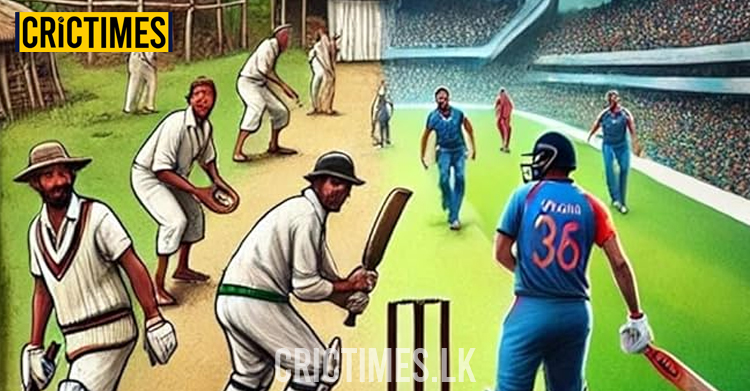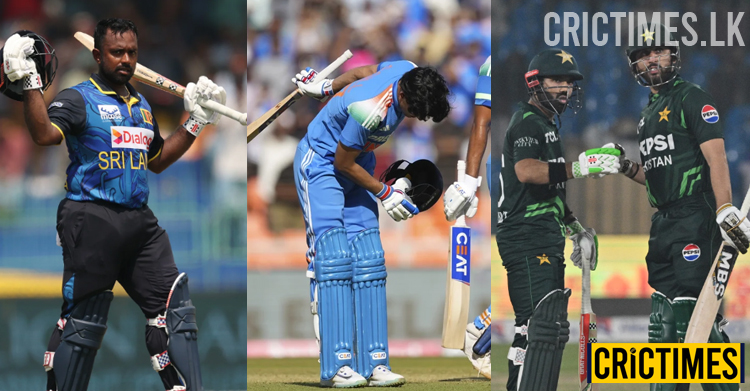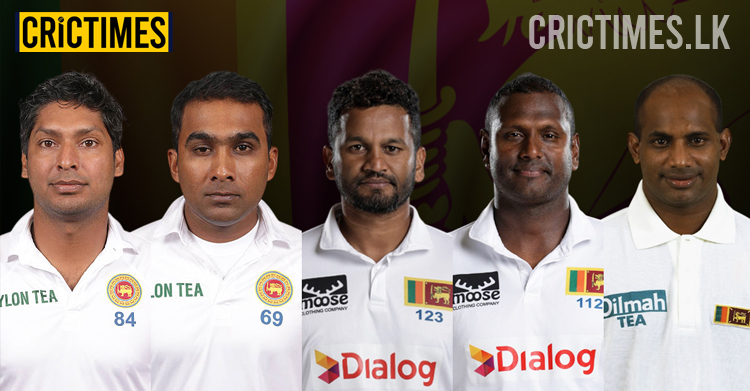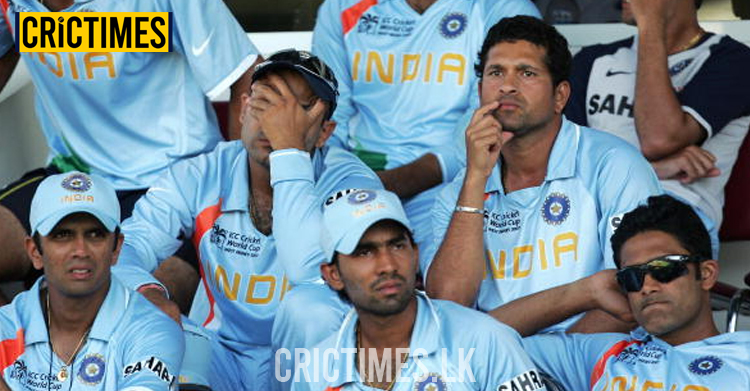Champions Trophy Semi finals - Scenarios explained
- 02 March 2025
Jos Buttler resigns as England captain
- 28 February 2025
Sri Lanka A tour of UAE 2025
- 28 February 2025
Tickets for Sri Lanka v Australia Test Series
- 23 January 2025

The Evolution of Cricket - A Journey Through History
- BY CRICTIME ON February 04, 2025 - 1:39 PM
Cricket, a sport loved by millions worldwide, has a rich and fascinating history that stretches back centuries. From its humble beginnings to the global phenomenon it is today, cricket has evolved in various forms, uniting people and shaping cultures across continents. In this article, we will take a jou ey through the key milestones in the history of cricket.
The Origins of Cricket
Cricket is believed to have originated in England in the 16th century. While its exact origins remain uncertain, it is widely thought to have been derived from older bat-and-ball games played in medieval Europe. The earliest references to cricket can be traced to the 16th century, with mention of a game called 'creag' or 'cricc' in historical records.
By the 17th century, cricket had become a popular pastime in southe England. The sport was played mainly in rural areas and was often associated with village communities. The game gradually gained prominence, and by the early 18th century, the first recorded cricket match was held in 1709.
The Birth of Mode Cricket
The early form of cricket was relatively simple, with minimal rules and no standardized equipment. However, as the game grew in popularity, so did its structure. In 1744, the first laws of cricket were codified by the Marylebone Cricket Club (MCC), a club founded in London. These laws laid the foundation for the game we know today, formalizing the rules and introducing the concept of overs and wickets.
During the 18th century, cricket began to gain recognition as a formal sport, with clubs and teams forming across England. The rise of gambling and sponsorship also played a role in the development of cricket, as wealthy patrons funded matches and tou aments. The sport's appeal continued to grow, and by the 19th century, cricket was firmly established as England’s national sport.
The Expansion of Cricket Worldwide
While cricket’s origins lie in England, the sport quickly spread to other parts of the world. The British Empire, with its far-reaching influence, played a significant role in the global expansion of cricket. The first intėŕnational cricket match took place in 1844 between Canada and the United States, marking the beginning of a long history of intėŕnational competition.
In the late 19th and early 20th centuries, countries such as Australia, India, South Africa, and the West Indies embraced the sport, and soon intėŕnational tours and series became a regular occurrence. The first Test match, a format that remains a co erstone of the sport, was played between Australia and England in 1877 at the Melbou e Cricket Ground (MCG).
The Birth of Limited-Overs Cricket
In the mid-20th century, the introduction of limited-overs cricket brought a new dimension to the sport. Traditionally, Test cricket matches lasted for up to five days, with each team having two innings. While Test cricket remains the pinnacle of the sport, the long duration of the matches led to the creation of one-day intėŕnationals (ODIs) in the 1970s. This format allowed teams to play a set number of overs, making matches more accessible and engaging for spectators.
The first-ever One-Day intėŕnational(ODI) match was played between England and Australia in 1971. This format revolutionized the game, and it wasn’t long before countries began to hold intėŕnational ODI tou aments, culminating in the first Cricket World Cup in 1975. The World Cup became one of the most prestigious events in cricket, with teams from all over the world competing for glory.
The IPL and the Rise of T20 Cricket
In the 21st century, the sport underwent yet another transformation with the advent of T20 cricket. The shorter format, where each team has just 20 overs to score as many runs as possible, quickly gained traction due to its fast-paced and entertaining nature. T20 cricket made its debut in intėŕnational competitions in 2005, but it was the Indian Premier League (IPL), launched in 2008, that truly revolutionized the game.
The IPL brought together the world’s best cricketers, creating a spectacle of excitement and drama. The league’s franchise-based model, high-profile players, and glitzy presentations tu ed cricket into a multi-billion-dollar industry, attracting new fans and sponsors. The success of the IPL led to the creation of T20 World Cups, further cementing the format’s place in cricket history.
The Future of Cricket
As cricket continues to grow in popularity worldwide, it’s clear that the sport’s history is far from over. With new technologies such as the Decision Review System (DRS) and innovations in bat and ball design, cricket is constantly evolving. New formats, leagues, and global tou aments will keep the game exciting for future generations.
The history of cricket is a testament to the enduring appeal of this magnificent sport. From its origins as a simple bat-and-ball game to its status as a global sporting powerhouse, cricket has come a long way. As it continues to evolve, one thing is certain: cricket will remain a beloved and integral part of the sporting world for years to come.
Conclusion
Cricket’s rich history is a reflection of its cultural significance and global appeal. It is a sport that has been shaped by centuries of tradition, innovation, and passion. Whether you’re a fan of Test cricket, ODIs, or the fast-paced thrill of T20, cricket’s jou ey through history is a captivating tale of sport, entertainment, and unity.
For more updates, news, and insights into the world of cricket, visit crictimes.lk your go-to source for all things cricket!


More News
Champions Trophy Semi finals - Scenarios explained
- 02-March-2025
Jos Buttler resigns as England captain
- 28-February-2025
PSL X fixtures released
- 28-February-2025
Sri Lanka A tour of UAE 2025
- 28-February-2025
Rain threats - What will happen if AFG v AUS game washed out
- 28-February-2025
Starc reveals reason behind skipping the Champions Trophy 2025
- 27-February-2025
PSL X fixtures released
- 28 February 2025
Video - Powell and Raza deliver maiden title for Dubai Capitals
- 10 February 2025
MI Cape Town crush Sunrisers to claim maiden SA20 title
- 09 February 2025
Video - Vaasy Aravinda Special
- 08 February 2025
Rashid becomes leading T20 wicket-taker
- 05 February 2025
12 Feb 2025 repeat of 6 Mar 1996
- 13 February 2025
Dimuth ends his International Career with 8538 runs
- 08 February 2025
Most Test Runs for Sri Lanka after 99 matches
- 04 February 2025
Cricket Low - The Unseen Struggles of the Game
- 04 February 2025





